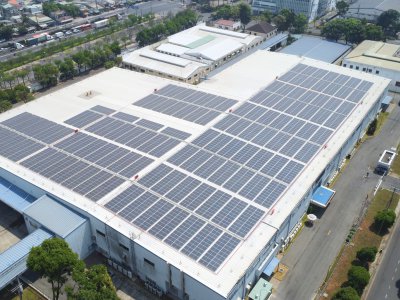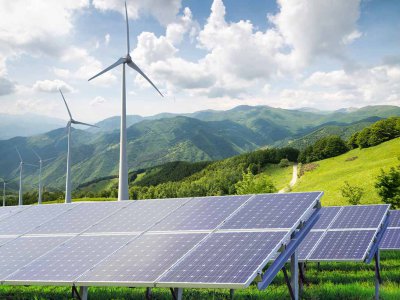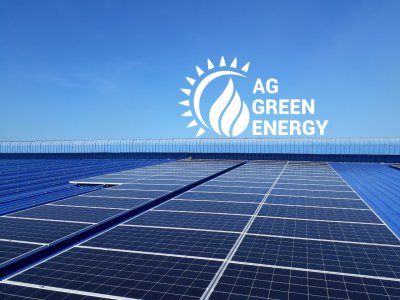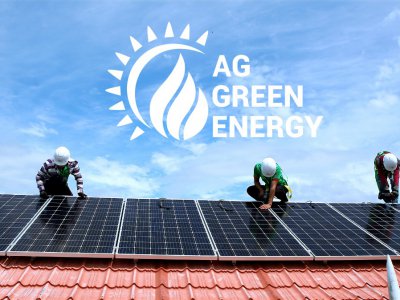To meet the ever growing demand, Vietnam increasingly has to import more coal and gas
- 2020/10/12
The latest data from the Ministry of Industry and Trade submitted to the National Assembly related to the development of Vietnam's energy industry in the coming years shows that Vietnam is strongly transitioning from an exporter to a net energy importer, including both primitive sources of energy. Notably, the import scale of coal and gas energies of Vietnam is also increasing along with the ever increasing investment and purcase of fuel to serve the country's development.
As for the electricity sector, according to the balance calculation in the adjusted Power Master Plan VII, the total coal demand for electricity production in the 2016-2030 period will be about 1.4 billion tons. In which, domestic demand for coal is about 735 million tons. The demand for imported coal is about 650 million tons. The amount of imported coal has increased sharply due to the difficulties of domestic coal exploitation, especially the development of new mines, so the coal output produced domestically was not enough for thermal power plants using domestic coal (antraxite coal). Since 2018, Vietnam National Coal and Mineral Industries Group – Vinacomin (or TKV) and Northeastern Corporation have had to import coal and mix to supply electricity production.
Calculations of the Ministry of Industry and Trade show that, in the period 2010 - 2019, the gas output exploited ashore for household consumption always maintained at 8.5 - 10.2 billion m3 of gas / year. Due to the decline of gas fields in the Southeast since 2022, the gas output of the Southeast will decline rapidly from 11 billion m3 in 2022 to nearly 3 billion m3 in 2030. This means, Vietnam will have to import Liquefied Natural Gas (LNG) for electricity generation. The amount of imported LNG is estimated at over 10 million tons / year by 2030.
At the Vietnam Energy Summit 2020 held in Hanoi in July 2020, Deputy Prime Minister Trinh Dinh Dung also noted that, from now to 2025, Vietnam needs to increase about 50,000 MW of power capacity. Vietnam needs to seriously consider building a long-term electricity import strategy as well as solving the problem of national planning when it comes to net energy imports.

About the coal industry, according to recent reports, the leadership of Vietnam Coal and Minerals Industry Group (TKV) said that the annual mining exploitation of 50-56 million tons of coal is still guaranteed, but the mining costs are increasing due to the need to dig deeper. Currently, TKV can only exploit up to 45 million tons each year. Making up for the shortage, it is required to import to ensure sufficient supply for electricity development, consumption and production demands.
Mr. Tran Xuan Hoa, Chairman of Vietnam Association of Mining Science and Technology, said that our country increasingly have to dig deeper to exploit coal, causing coal prices to rise and it is almost difficult for domestic coal to compete with imported coal in the coming years. The increase in coal and gas import in near future is considered to be a great pressure on the economy as the imported energy proportion is increasing.
According to the representative of the Petroleum and Coal Department (Ministry of Industry and Trade), Vietnam's energy import trend will continue to increase in the long term and our country's energy import dependency ratio will be around 33-37% in the year 2025 and up to 50 - 58% by 2035.
Source: Piorneer News







